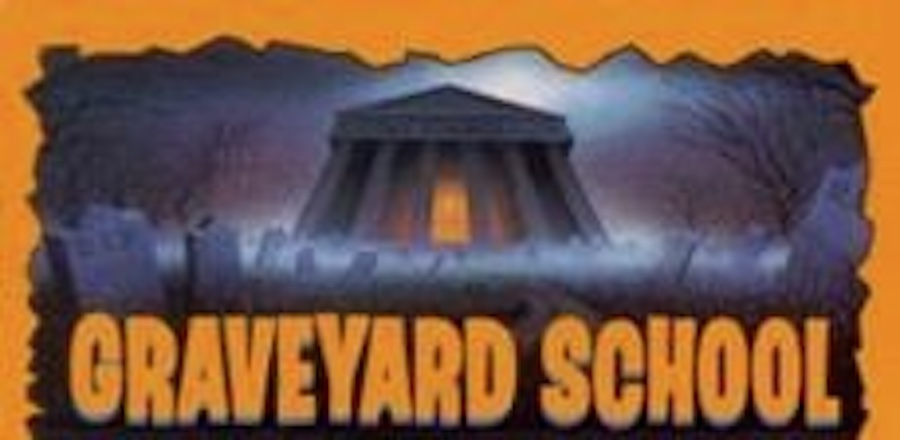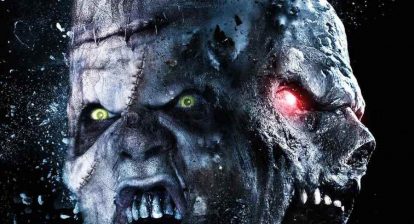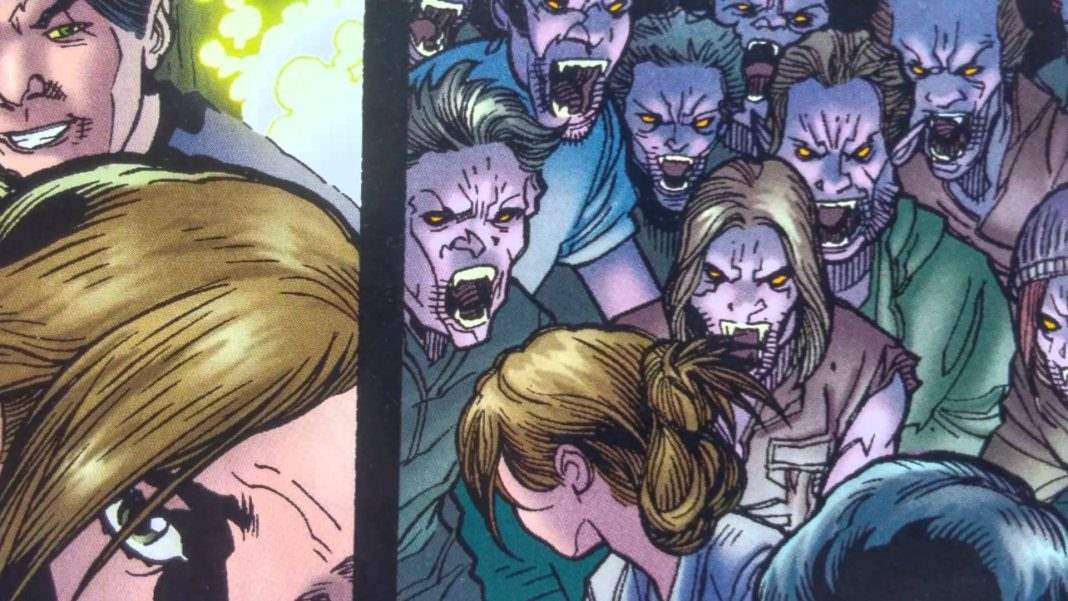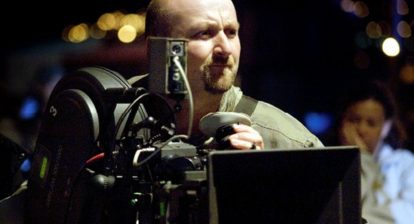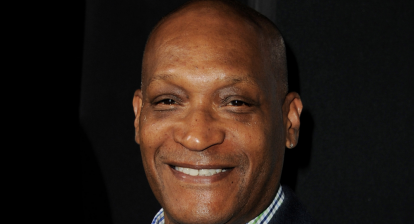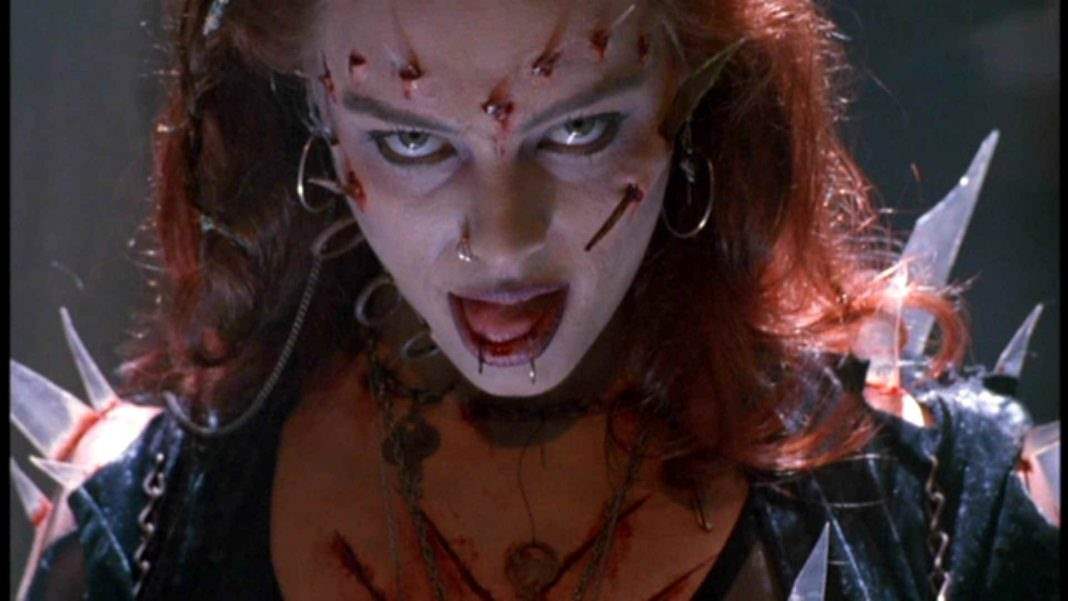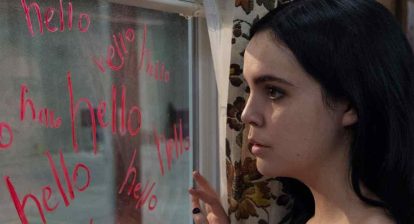The 1990s saw a wave of horror titles aimed at young adult readers being released in the wake of R.L. Stine’s Goosebumps. One of the most versatile and endearing was Graveyard School. Written by Nola Thacker (known to some by her other pen name “D.E. Athkins”) as “Tom B. Stone,” Graveyard School was published by Skylark Books under Bantam.
Did You Know? Wicked Horror TV Has Classic and Independent Horror Films Available to Stream for Free!
Running for 28 entries, Graveyard School was one of the rare series to take place in a shared setting with a rotating cast. It boasted covers by artists like Barry Jackson, Cam De Leon, and Mark Nagata. They were roughly 100 pages each.

The children of Grove Hill think it would be a miracle if they graduated to middle school. That’s because the only elementary school in town happens to be located next to an abandoned graveyard. Said graveyard may also be haunted, which is the second reason why the kids call their school “Graveyard School.”
While most of the students of Graveyard School live in fear of the horrors haunting those hallowed halls, it’s most often the sixth graders who enter the crossfire. Since they’re on the verge of leaving Graveyard School for good, that gives them more incentive to not be dragged down by the monstrosities seeking to make their lives nightmarish.

Does school principal Dr. Morthouse have a silver fang in her mouth? Is there a glow-in-the-dark tombstone on Graveyard Hill? Does the school basement extend all the way to the shores of Slime Lake?

Graveyard School is personally my favorite of all the ’90s YA horror titles. As a proud owner of all 28 books, I’ve done what I could to bring more attention to this criminally underrated jewel. My first exposure to Graveyard School began in elementary school, when I purchased There’s A Ghost In The Boys’ Bathroom at a book fair. A few years later, I acquired the bulk of the series from an eBay auction. I then spent the rest of the 2000s slowly searching until I had them all.
I was lucky enough to meet Nola Thacker in person at the 2018 New York Comic Con to thank her for creating Graveyard School. After doing some online searching this year I was got in touch with Miss Thacker again to ask about doing an interview on Graveyard School and some of her other works. Luckily, she acquiesced and took some time to speak to her work on the series!
WH: I guess my first question is what led to Graveyard School’s inception. What was it like crafting the books and having them distributed? Did anything change between the initial draft of the series and its official release? What’s your process as a writer like?
Nola Thacker: GS started over lunch with an editor with whom I had previously worked at Bantam. We were talking about books and series we liked, and ideas and if I remember, a shared appreciation of Buffy the Vampire Slayer. We agreed that middle school (and possibly all school) was just as much Hellmouth-adjacent as high school and went from there. I came up with the title for the series (the idea of it being next to a graveyard is a sort of nod to the Poltergeist premise) and promised a 4-part proposal asap.
One of the premises from the outset (cf Buffy) was that it was a given that while the students at GS were aware that the school had supernatural problems, the adults in charge remained blissfully ignorant, or were willfully so, unwilling to acknowledge anything amiss for various reasons, including their own connection to what was happening.
Bantam was great to work with. After accepting the initial proposal, they provided suggestions and encouragement but let me go where my imagination took me. Many of the ideas came directly from my own school experiences or what I knew of others’ experiences (sans the supernatural): the common denominator of school serving mystery meat, the variations on regional ghost stories where a certain stretch of road and/or combination of circumstances leads to the driver of a car discovering a ghost, etc. in the seat next to them, believing that toys have lives of their own (which as we now know from Toy Story, is entirely true.)
I don’t work from an outline (again, thank you Bantam, for not asking!) but from the idea, and often if I can see the first few lines of the book, the rest falls into place, with rewrites, tweaks and editorial suggestions. Sometimes it will be a character, or a phrase or the last line (as was the case in the short story Don’t Open the Door).

WH: One of the most enjoyable aspects of your books is the characters. You create such a unique cast of protagonists and antagonists among Graveyard School’s sixth graders. My favorites in particular are Vickie Wheilson and Jordie “The Human Computer” Flanders, but I know I can’t imagine the series without puke-perfect Polly Hannah. Another refreshing aspect of your protagonists is their emotional maturity. They’re kids, but they’re not dumb. At the same time while they can be heroic, they aren’t perfect little angels. Most often they could be motivated by self-preservation when up against threats.
What was it like creating these kids? Park Addams and Stacey Carter, Skate McGraw and Algie Green, Skip Wolfson and David Pike, the Foster twins and Bentley Jeste?
Nola Thacker: Wordplay and puns and names are a perfect word playground. I did use the given names of some of my friends, although the GS students, who are in some ways a mashup of various people I have known) are very different from those friends. Polly Hannah was fun because I never did like Pollyanna – Haley Mills, how could you? I once knew someone named Algernon, whom everyone called Algie. Park Addams’ surname is a direct tribute to Charles Addams. Some of the names are very on the nose, I know, but I couldn’t resist and the editors let me, so… But most of all, I wanted characters who could think and act for themselves, even if not always for the best, and who could, more or less, be who they were. You can’t always be what others want you to be, you have to figure out what’s right, and you rely on others, including adults. That is part of the education that is really happening at GS, maybe?

WH: Speaking of the antagonists, Dr. Morthouse made for such a fascinating head villain if she could be considered such. She sparks fear into the hearts of students, but while she’s certainly malevolent she’s not usually an outright antagonist. With Vice Principal Lucre and Basement Bart by her side, they made for compelling figures to darken the day of Grove Hill’s kids.
Nola Thacker: Thank you. It was fun creating that unholy triumvirate. Of course there is more than a bit of Buffy in it – the ruling powers either are either willfully ignorant, concealing their own stake in the all the bad, or just kind of unbelievably unobservant.

WH: After the Graveyard School teachers, the monsters and villains bedeviling Grove Hill and beyond were a delight. From the first book we had Ms. Stoker, the twisted lunch lady so dedicated to her craft she stole an actual anaconda. After that, there was the titular Skeleton on the Skateboard haunting Skate McGraw and his cousin Vickie. It’s hard for me not to hype up the characters you made for this series, they’re all so much fun. One of my favorite antagonists was Kyle Chilton’s gleefully mischievous Aunt Mab in Here Comes Santa Claws.
Nola Thacker: Well, everybody knows that school lunch menus are created by monsters! The Skeleton and Kirstin in Headless Bicycle Rider) were both inspired by the Headless Horseman as well as regional horror/scary stories. (Alvin Schwartz’s Scary Stories series was/is a great resource.) Aunt Mab, I admit, is an aunt I wish I had had. You could say that there is a fair amount of wishful writing in the series when it comes to characters. Skip’s parents – I wanted them for my parents. (I might have written that whole book so I could use that last line.)

WH: Part of what made the horror of Graveyard School so intriguing is that you sometimes left it deliberately vague as to why things were happening. We’re never given an outright reason behind why the school is haunted, nor are we told if Dr. Morthouse is the actual leader behind the horrors or if she’s just another aspect of it.
Nola Thacker: Part of the best of horror is when you can’t explain it away. The world is a terrifying, random place, right? So many things – superstitions, charms, talismans, cults, rules, religions, myths, to name a few – are part of the attempt to impose order and keep that horror at bay. Something about staring into the abyss and the abyss staring back?

WH: The thirteenth book, Tales Too Scary To Tell At Camp, was a departure from the norm in being an anthology book which still shared a setting. Several kids find themselves trapped in what might be a gingerbread house and forced to tell stories throughout the night to appease their captor. At one point, they essentially take turns telling the same story involving a haunted sports camp. What was it like working on this one?
Nola Thacker: You are exactly right – the frame was the Gingerbread House, plus 1,001 Nights. German fairy tales/Grimm’s Fairy can easily be read as horror stories. I wanted the story each character told to match that character, but am not sure I succeeded. It was fun trying to tie everything together. Some of the stories would have been interesting to expand on: Don’t Open the Door is one.

WH: Another seeming departure from the norm would be for me Little School Of Horrors. In this one you featured an entire class within Graveyard School made up of monster kids like Eduardo the Vampire and Ginger the Dragon. What was it like working on this one, introducing an entire class of kids so late in the series?
Nola Thacker: I didn’t know that the series would be ending – we were planning pretty far ahead, but then that division got sold to Scholastic, which created and owned Goosebumps, and Graveyard School was canceled immediately. I had ideas for more with Eduardo and Ginger and some of the others, but that didn’t happen. I wanted to expand on the exploration of what constitutes a monster and who decides it/how it is decided.

WH: One thing I’ve enjoyed about how you write these books is how the cast tends to be more socially aware without being too preachy. Skip Wolfson’s family operate a pet supply store and arranged for abandoned and abused animals to find good homes. In the book Slime Lake, the kids are vocally annoyed by businessman George Quayle turning the titular lake into… the Emerald Shores Recreation Area, with plans to dredge the lake and bulldoze the place. Finally, The Fright Before Christmas touches upon the rampant commercialization around the holiday season with Park Addams criticizing how often little kids are relentlessly targeted by toy companies and the like for gifts that fall apart as soon as they’re opened.
Nola Thacker: Thank you. I am glad it wasn’t too preachy. I kept waiting for my editor to tell me to dial it back, but they let it go. So I went with it.

WH: What books in the series did you enjoy writing the most, and which did you enjoy writing the least? The last time we spoke I remembered you mentioned you weren’t fond of Christmas, which I found a bit ironic as Here Comes Santa Claws is one of my favorites.
Nola Thacker: Santa Claws pretty much encapsulates my reasons for disliking Christmas, and I haven’t seen any reason to change that perspective since. Favorites are hard – I really enjoyed putting together Tales Too Scary to Tell at Camp. I have a fondness for Skip, myself, and for Kirstin.

WH: Were there plans for any books that didn’t get a chance to be finished or published? Are there any Graveyard School titles out there which never got the chance to be released before the series ended?
Nola Thacker: I had a pretty decent list of ideas and we were talking about them, but then Scholastic happened.

WH: Did you know the Graveyard School books were rereleased in Russia with illustrations added to the books?
Nola Thacker: I didn’t. That is great!

WH: Aside from Graveyard School, you’ve written a number of books for young readers. As D.E. Athkins, you had titles like Mirror Mirror, The Ripper, and Secret Santa released by Point Horror. Your story “Death Kiss” is in their 13 anthology. You’ve also ghostwritten for titles such as The Baby-Sitters Club and Nightmare Hall, and you’ve written the series Skating Secrets. Would you like to tell us about what it was like working on those books?
Nola Thacker: Working on the BSC was/is the platinum standard for ghost-writing and series work (at least in my opinion). The editors were terrific and Ann Martin was (and I am sure still is) so easy to work with. The stable of BSC ghosts had a BSC bible, and were provided with an outline, but given a good bit of latitude within that to explore. One of my favorite parts of the BSC was coming up with What Claudia Wears. I did lots of my outfit scouting along St. Mark’s in the East Village because I lived close by at the time. I think if I were working on it now, I would probably use the @watchingnewyork Insta for inspiration.
I worked with a different and equally wonderful editor on the teen books/teen series. Teen presents a different set of challenges and I am not sure I was very successful in navigating horror writing for that demographic. I enjoyed Middle Grade/Tween the most, at any rate. And, once again, I liked writing a short story, “Death Kiss,” perhaps best of all.
Skating Secrets was a particularly immersive experience, because I did not know very much about figure skating. I was allowed to develop characters and storylines and based much of what I wrote on my passion for another sport, soccer, if that makes any sense. And lots and lots and lots of research/watching figure skating. I really enjoyed it and was so disappointed when it did not last. We had a couple of stories ready to go when it was canceled.
WH: Have you considered the idea of having Graveyard School rereleased for the 21st Century. Perhaps even a graphic novel or comic adaption, as some titles have done? There’s certainly a market for it right now.
Nola Thacker: It would be so much fun – I wish it could happen. I would wish they could become ebooks, even (because I lost my complete set in one of my moves and only have some of them now).
Thank you for your close readings (and reviews) of Graveyard School and of other books. Thank you also for asking such perceptive and thought-provoking questions. I am glad to know that there are folks who still read these books. GS was a big and happy part of my life and answering these questions gave me a chance to revisit so many books, some of which I had not thought of for a long time.
So thank you.
